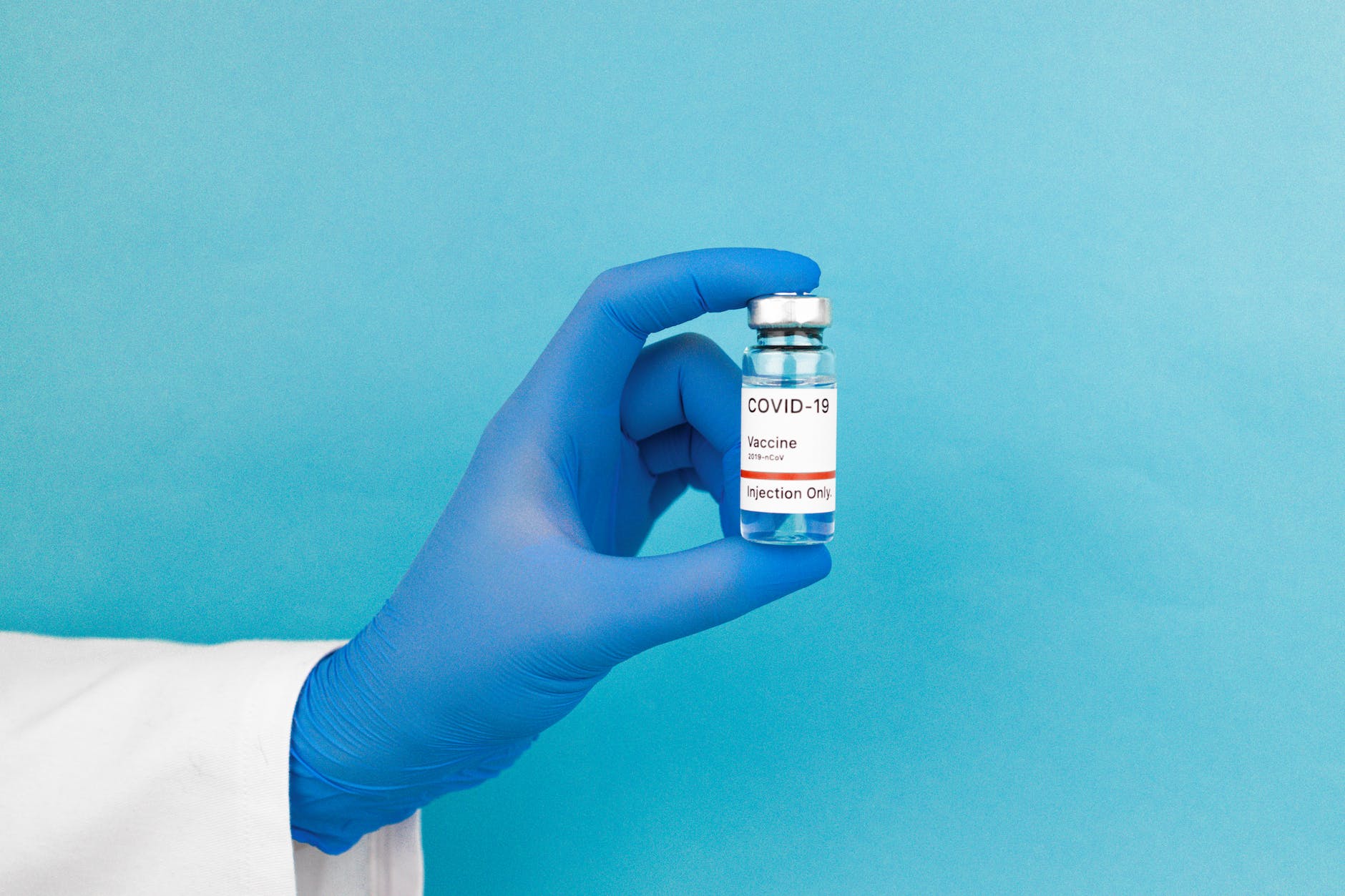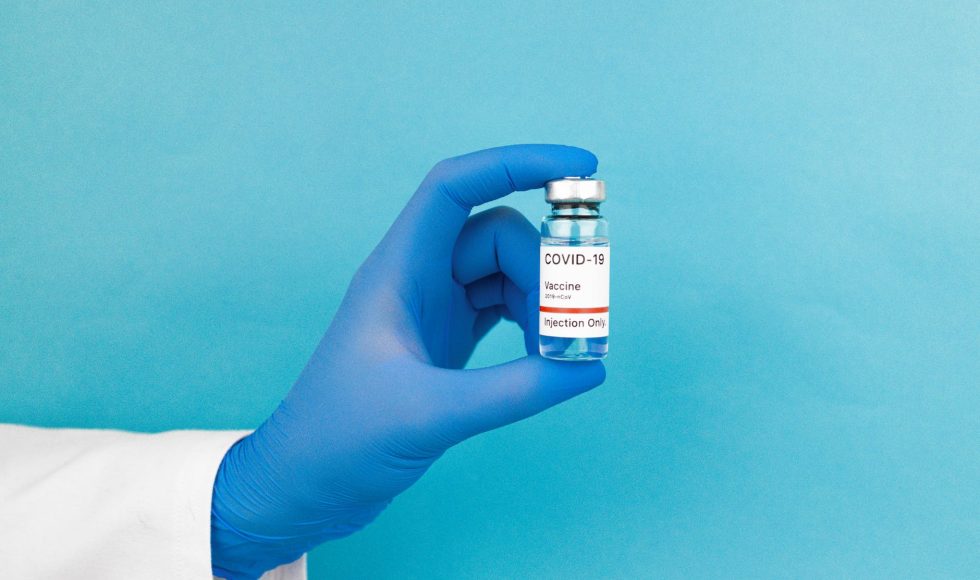Tim Mercer from AIBN/The University of Queensland, Australia presented at the London Calling 2022 conference on “Using nanopore sequencing to ensure the quality of mRNA vaccines.” Mercer is director of the BASE Facility in Australia, in charge of mRNA vaccine manufacturing in the country. They explained how mRNA vaccines work : the mRNA encodes antigen of interest and has been codon optimized for better translation. I didn’t know that uridines are minimized or modified (“pseudouridine”) to reduce innate immune response. Mercer noted that the 5′ UTR and 3′ UTRs are often optimized to improve translation and stability. At the end, there is a polyA tail. Mercer explained that mRNA manufacture is relatively simple. The mRNA is in vitro transcribed from a plasmid template, purified, and formulated in lipid nanoparticles. Mercer emphasized mRNA market is likely to continue growing in the next five years. Each batch must be carefully analyzed, focusing on length, sequence, and purity. At BASE, they sequence the linearized plasmid DNA using Oxford Nanopore Technologies (ONT) SQK LSK 109 to confirm. ONT sequencing is also used by to confirm the mRNA vaccine identity. Also, the mRNA length can be verified: ~2kb. Importantly, direct RNA sequencing is used to check what is in the vaccine exactly. ONT sequencing helps detect the pseudo-uridines. Mercer predicted that other modifications of uridine will be developed. Mercer and team developed software to sequence and provide quality metrics for mRNA vaccines. Mercer stressed that real-time sequencing and analysis allows for quick batch analysis. This was a great session, as Mercer shared numerous tidbits about mRNA vaccine production and their use of Nanopore sequencing for quality control metrics.



